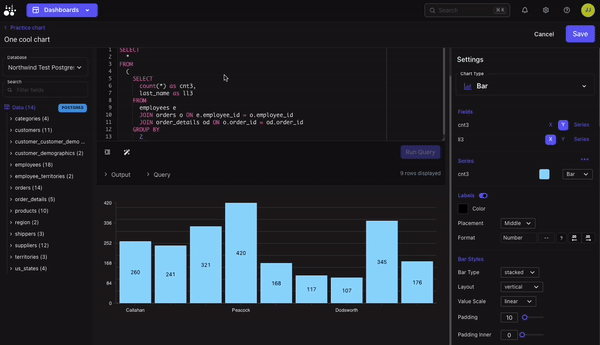Every chart can have its cache time to live (TTL) set independently. This cache TTL will apply to any filters passed to the chart.
To configure the cache TTL, navigate to the chart settings and locate the cache configuration section. Adjust the TTL value according to your requirements and save the changes.

It's important to note that setting an appropriate cache TTL can significantly impact the performance of your charts. A longer TTL could reduce the number of requests made to your data source, improving load times and reducing server load. However, it also means that the data may not be as fresh. Conversely, a shorter TTL ensures that the data is more up-to-date but may result in increased load times and server requests.
Additionally, consider the nature of your data when setting the TTL. For example, if your data changes frequently, a shorter TTL might be advantageous. On the other hand, for relatively static data, a longer TTL might be more efficient.
Once you've set the TTL, monitor the performance and adjust as necessary. The right TTL can help strike a balance between performance and data freshness, ensuring that your charts are both responsive and accurate.
Cache you on the flip side!